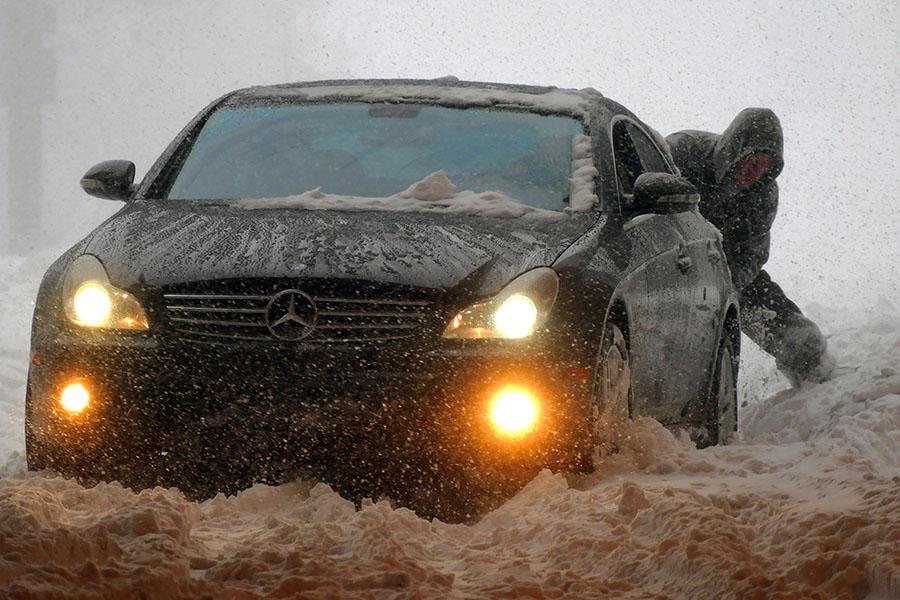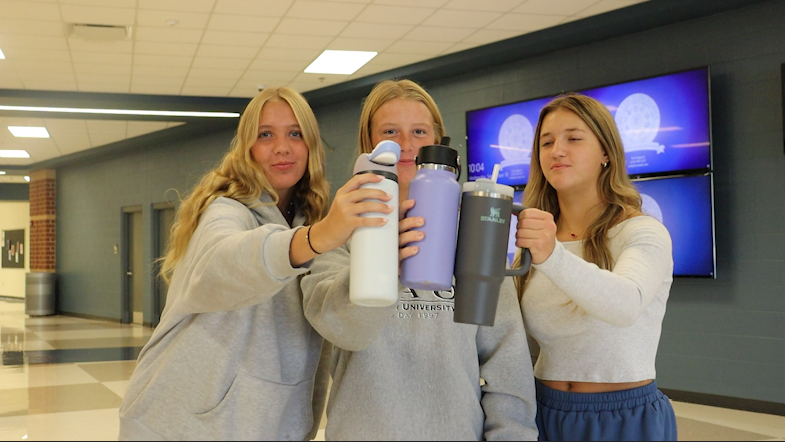Bad weather can be the cause of many accidents and could make students fear driving on the roads. In order to prevent any accidents, there are certain precautions that can be taken. Mr. Dennis Brannock, Automotive Technology, has many tips to help students stay safer while on the slippery winter roads.
- Always keep a full tank of gas.
- Keep proper air pressure in all the tires, including the spare tire.
- Make sure your wiper blades are in good shape.
- Make sure your windshield washer fluid is full with a winter blend fluid mix.
- Keep a box or bag of kitty litter in your trunk to put under your drive tires if you get stuck in snow or ice.
- Keep blankets in the trunk of your car.
- Do not try to clean snow and ice off your windshield by using the windshield wiper blades. Use a scraper instead.
- Drive according to the conditions. Just because the speed sign says you can go a certain speed, you may need to go slower in order to stay on the road.
- When you start the car up in cold winter weather, do not drive faster than 35 mph for the first three to four miles.
- Check the hoses and belts and make sure they are in good condition.
- Check your antifreeze for the correct strength. It is typical to use a 50/50 mix, which means it is 50 percent antifreeze and 50 percent water. In most causes, this will protect your coolant system from freezing.
- Keep a roll of duct tape in your trunk to wrap around any small fluid leaks in the hoses so that you can get to a repair shop.
If there are any more questions about how to drive safer in the winter, visit Mr. Brannock in Room D104.
Story continues below advertisement













